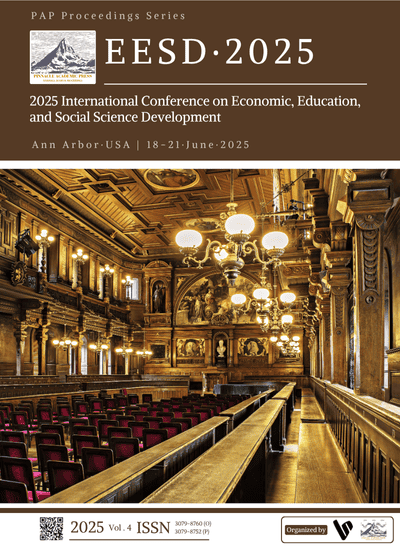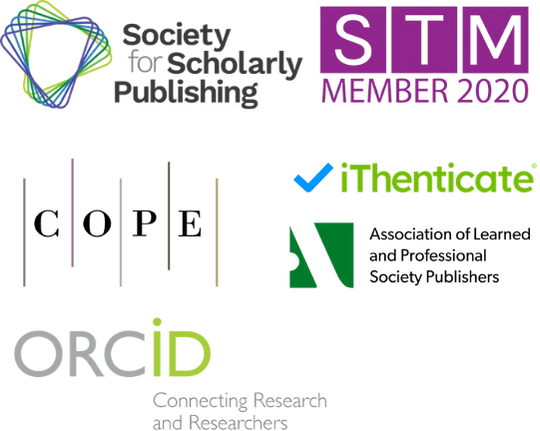Improving the Use of English Subjunctive Mood in Remote Conditionals: A Pedagogical Framework for Chinese Learners
DOI:
https://doi.org/10.71222/svj0wr11Keywords:
subjunctive mood, remote conditionals, Chinese learners, language transfer, grammar pedagogyAbstract
This study explores the challenges Chinese learners face when using the English subjunctive mood in remote conditionals, a grammatical structure that expresses hypothetical or unreal situations. Rooted in the author's personal struggles and broader observations among Chinese postgraduate students, the paper investigates the cognitive and linguistic barriers stemming from differences between Chinese and English grammar. The study identifies key issues such as confusion between declarative and subjunctive moods, misuse of verb tenses, and modal verb errors, often caused by negative language transfer and intralingual overgeneralization. Drawing on second language acquisition theories and contrastive analysis, the paper highlights how learners’ reliance on first language structures and insufficient feedback can hinder accurate subjunctive usage. The pedagogical response proposed integrates two established models: ESA (Engage, Study, Activate) and ARC (Authentic use, Restricted use, Clarification). This integrated framework emphasizes learner motivation, contextual understanding, and structured practice. By aligning teaching strategies with learners’ pragmatic needs and cognitive processes, the study offers a systematic and communicative approach to improve both recognition and production of the subjunctive mood in English. The framework is designed to support more meaningful and accurate language use in academic and real-world contexts and to enhance learners’ grammatical competence and communicative confidence.
References
1. K. Liu, "A Study on the Different Levels of 'Attention' in the Processing of English Subjunctive Mood by Chinese Learners," Sino-US English Teach., vol. 20, no. 9, pp. 354–359, 2023, doi: 10.17265/1539-8072/2023.09.002.
2. D. Grégoire Grevisse, M. Watorek, and F. Isel, "The subjunctive as a model of grammatical complexity: an integrative review of issues based on combined evidence from mental chronometry and neurosciences," Brain Sci., vol. 13, no. 6, p. 974, 2023, doi: 10.3390/brainsci13060974.
3. D. Giancaspro, S. Perez-Cortes, and J. Higdon, "(Ir) regular mood swings: Lexical variability in heritage speakers’ oral pro-duction of subjunctive mood," Lang. Learn., vol. 72, no. 2, pp. 456–496, 2022, doi: 10.1111/lang.12489.
4. S. Fernández Cuenca and J. Jegerski, "A role for verb regularity in the L2 processing of the Spanish subjunctive mood: Evi-dence from eye-tracking," Stud. Second Lang. Acquis., vol. 45, no. 2, pp. 318–347, 2023, doi: 10.1017/S027226312200016X.
5. P. D. Thane, "Acquiring morphology through adolescence in Spanish as a heritage language: The case of subjunctive mood," Biling.: Lang. Cognit., vol. 28, no. 2, pp. 373–386, 2025, doi: 10.1017/S1366728924000440.
6. Z. Wei, "Obstacles for Chinese EFL Learners to Master English Subjunctive Mood," in Proc. 2021 Int. Conf. Educ., Lang. Art. (ICELA 2021), 2022, Atlantis Press, doi: 10.2991/assehr.k.220131.017.
7. I. Sharif et al., "Assessing Innovative Pedagogies for Subjunctive in L2 Learning," Pakistan J. Lang. Anal. Wisdom, vol. 2, pp. 649, 2023.
8. S. M. Askarovna and S. S. Sharifovna, "Understanding the Categories of Mood in English Verbs," Theory Anal. Aspects Recent Res., vol. 3, no. 33, pp. 211–217, 2025.
9. C. Grisot, J. Blochowiak, and G. Puskás, "Predicting verbal mood in complement clauses: the role of the semantic category, the tense and the grammatical aspect of the matrix verb," Glossa J. Gen. Linguist., vol. 7, no. 1, 2022, doi: 10.16995/glossa.5798.
10. N. Ramón and R. Rabadán, "The Spanish subjunctive mood and its English correspondences: A case for complexity across languages," Lang. Contrast, vol. 24, no. 1, pp. 33–56, 2024, doi: 10.1075/lic.00034.ram.
11. T. AlAsttal, "Mood in English and Arabic: A Contrastive Study," Int. J. Linguist., Lit. Transl., vol. 8, no. 1, pp. 12–21, 2025.
12. S. Perez-Cortes, "On complexity and divergence in heritage language grammars: The case of double mood selection in re-ported speech contexts," Stud. Second Lang. Acquis., vol. 44, no. 3, pp. 818–842, 2022, doi: 10.1017/S0272263121000589.
13. A. C. Sanchez, Genre-Based Approach Within Systemic Functional Linguistics: Developing Heritage Spanish Students’ Persuasive Writing Skills with a Focus on the Subjunctive Mood and Modality, Ph.D. dissertation, Indiana Univ. Pennsylvania, 2021.
14. P. D. Thane et al., "The acquisition of the Spanish subjunctive by child heritage and L2 learners: evidence from a dual lan-guage program," Stud. Hispanic Lusophone Linguist., vol. 18, no. 1, pp. 193–223, 2025, doi: 10.1515/shll-2025-2007.
Downloads
Published
Issue
Section
License
Copyright (c) 2025 Yuchen Zhou (Author)

This work is licensed under a Creative Commons Attribution 4.0 International License.



